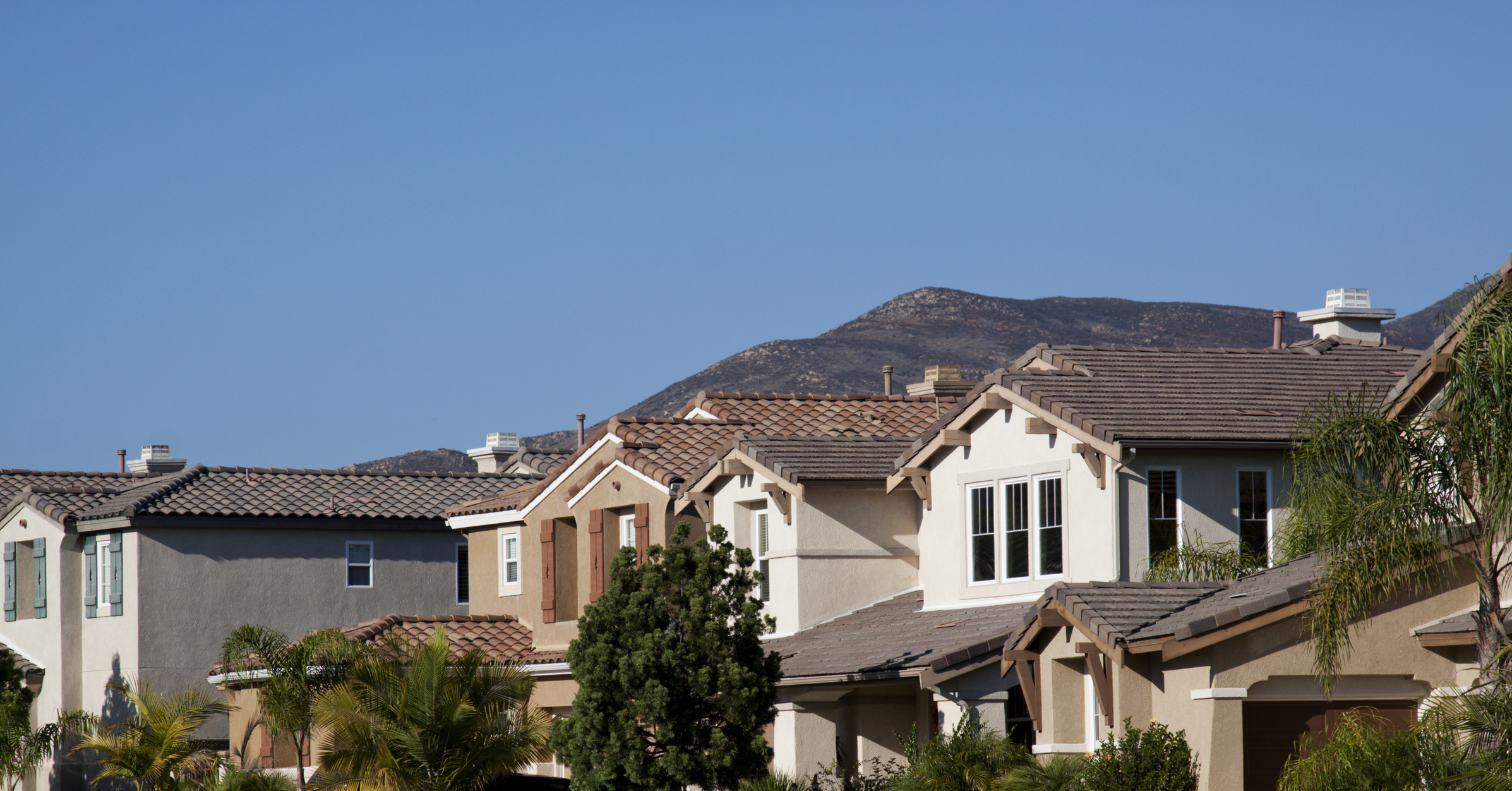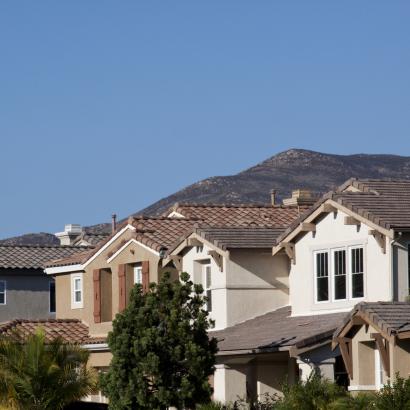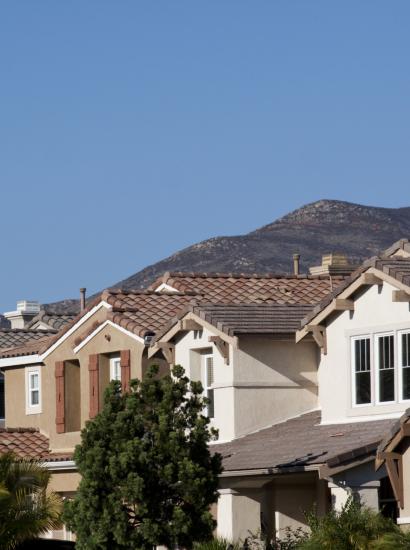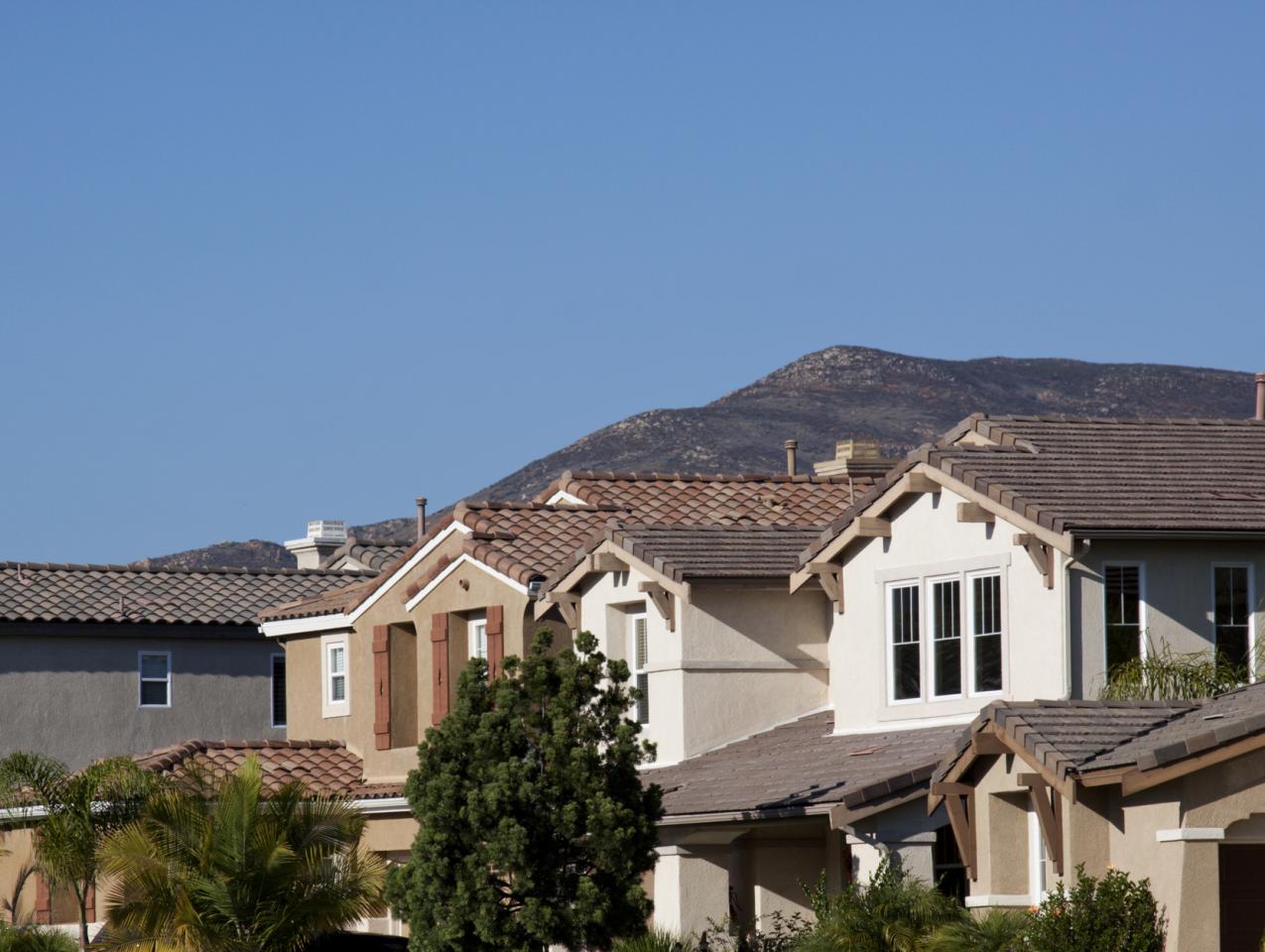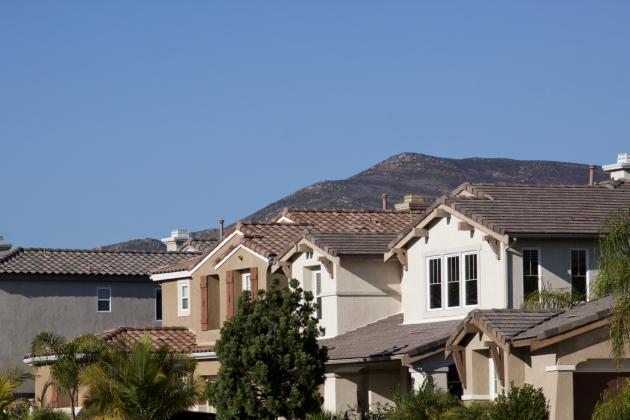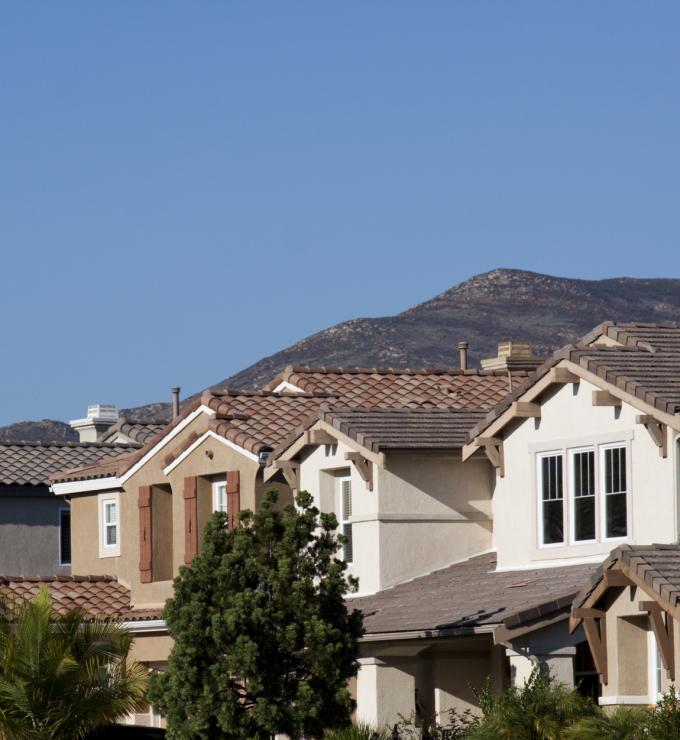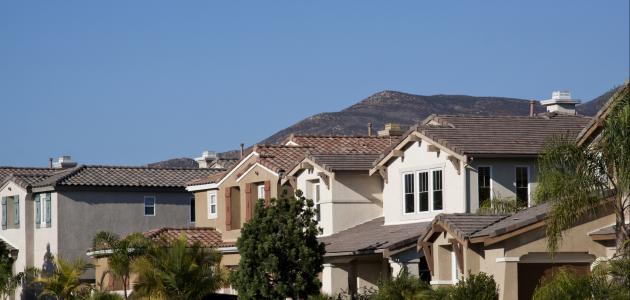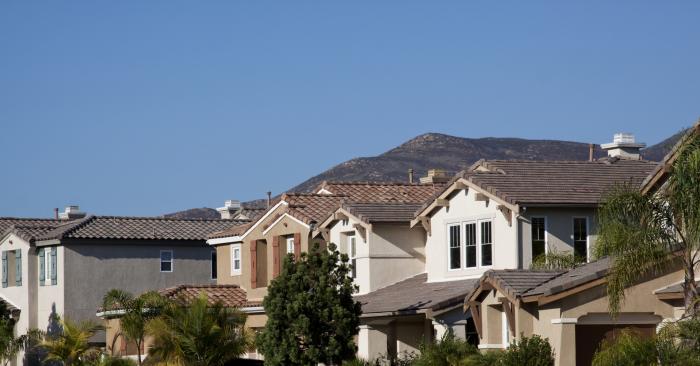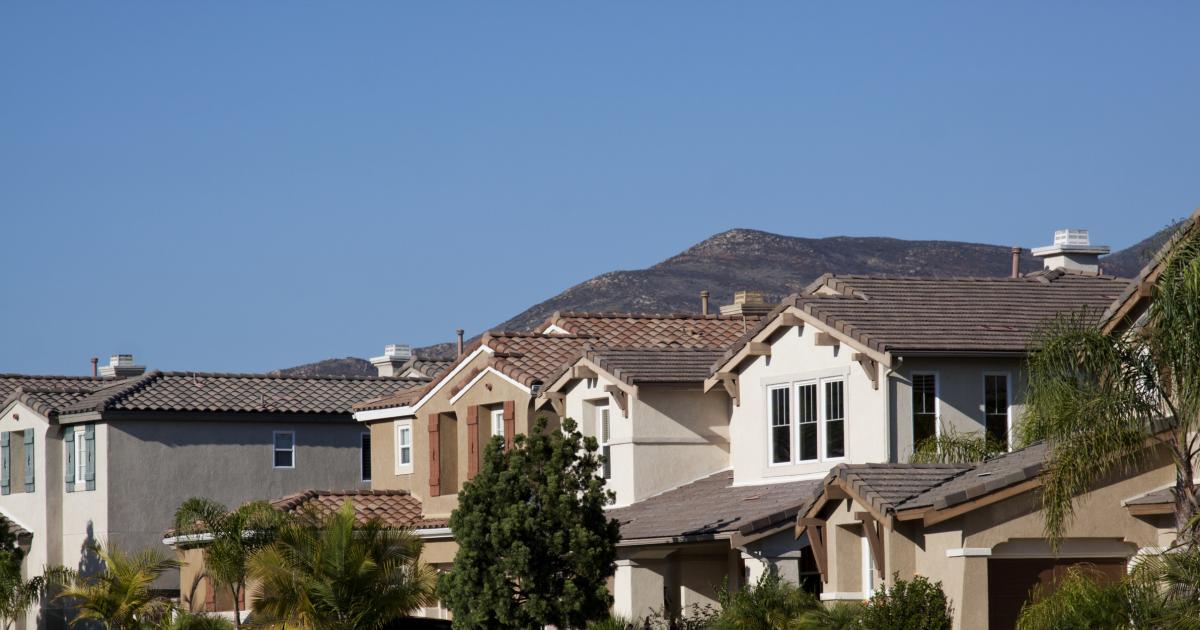- Economics
- Law & Policy
- Regulation & Property Rights
- State & Local
- California
Silver Lake is a three-square-mile neighborhood in central Los Angeles and home to roughly 32,000 residents. A dispute between a Silver Lake service station owner who wishes to build fourteen residential units at that location and local government that is trying to prevent this new development illustrates why real estate prices are so high in California, and why it is so difficult to build new housing in the state. And a housing shortage is certainly one of the most important factors depressing living standards in California.
At one time, Silver Lake was not considered a highly desirable neighborhood. But in the last twenty years, low property values and its views of the reservoir (hence the name Silver Lake) and the Southern California hills have led artists and musicians to move to the area. Coffee shops and restaurants followed and today Silver Lake is a very desirable neighborhood; as a result real estate prices have skyrocketed. Despite the fact that a large fraction of Silver Lake residents are low-income households, the median price of a Silver Lake home, according to the home valuation firm Zillow, is now over $1.1 million.
This is where a gas station that was constructed in 1941 on Silver Lake Boulevard comes into the story. The owner of the station has obtained all necessary permits to build a three-story multiuse building that would include fourteen new apartments and retail space. Sounds good so far—a win-win for the neighborhood and for the service station owner. But LA City Council member Mitch O’Farrell filed a council motion that would designate the gas station as a Historic Cultural Monument, calling it a “an excellent and rare example of a streamline moderne architecture automobile service station.” If designated a historically important monument, then the owner would be unable to develop the land as intended.
I am in an interesting position to discuss this issue. I have published peer-reviewed scholarship on how land-use restrictions affect economic growth. I truly appreciate mid-century modern architecture, as my family and I once lived in a mid-century modern home in Los Angeles that we loved. And living far from Silver Lake, I have no dog in this fight. But take a look at the building. Do you see a historically important structure here? Do you think that the removal of this service station in its current condition would be a significant loss for Silver Lake? Should the owner of this service station be prohibited from reasonably developing this property? Or do you think that the motivation of the residents who lobbied Councilman O’Farrell to oppose this development is just another example of Not in My Backyard (NIMBY).
This is an important case for understanding how unreasonable restrictions on development are raising housing prices far beyond what most households can afford. According to Zillow, the median California home price is now about $542,000, which is out of reach for about 70 percent of California households.
In its current condition, I don’t see how the service station represents an important historical monument to the community. The aesthetics of the street would be better served with the planned new multiuse building, which would also provide the community with additional retail services. With fourteen apartments, it is unlikely that traffic or other local infrastructure would be affected significantly. In short, it appears that the community would benefit from this development.
If this development is blocked by a handful of self-interested residents, then solving the state’s housing shortage is truly an uphill battle. NIMBY is an important reason why there is not enough housing in California, why housing prices are so high, and why so many California families struggle to keep a roof over their heads.







